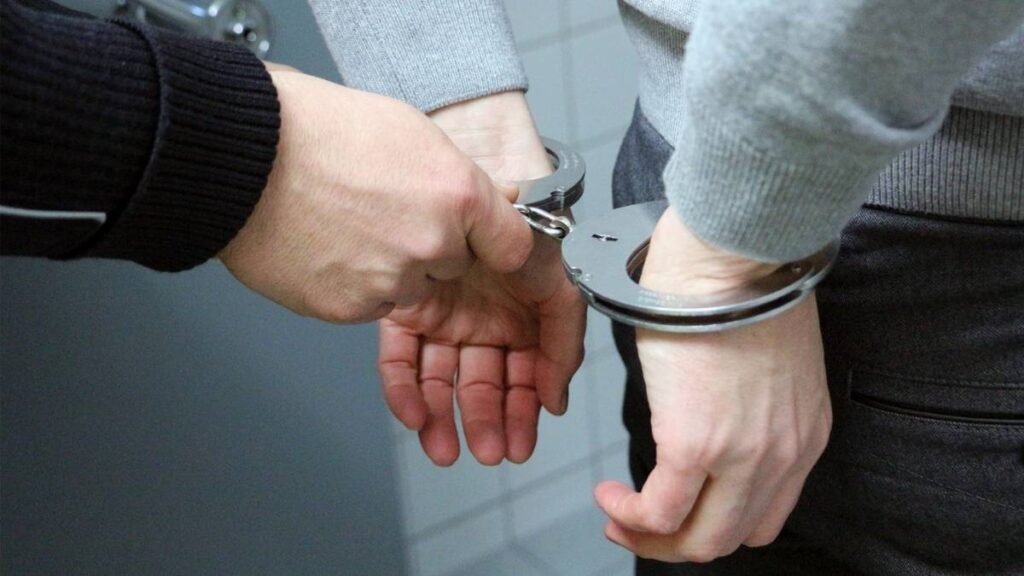Scientists from the University of Chicago have developed a new algorithm that can predict future crime a week in advance with about 90% accuracy, and within a range of about 1000 feet.
[no_toc]
It does so by learning patterns from public data.
“We report an approach to predict crime in cities at the level of individual events, with predictive accuracy far greater than has been achieved in past,” the authors write.
Their findings are described in detail in a new paper published today in the journal Nature Human Behavior.
Forecasting future crime
The tool was tested and validated using historical data from the City of Chicago around two broad categories of reported events, ranging from assaults to burglaries.
🔥 Ready to meet your Twin Flame?
Do you know what your Twin Flame soulmate looks like? 💓
Master Wang is a "psychic artist" and a master of astrology; he's famous in China for being able to draw anyone's soulmate.
Thousands of people have found love thanks to Master Wang's gift.
Don't delay! Yes, I want my Twin Flame soulmate drawing!
These data were used because they were most likely to be reported to police in urban areas where there is historical distrust and lack of cooperation with law enforcement.
Such crimes are also less prone to enforcement bias, unlike traffic stops and other misdemeanor infractions.
Detecting patterns to predict future crime in seven cities
The new model isolates crime by looking at the time and spatial coordinates of discrete events, and detecting patterns to predict future events.
It divides the city into “spatial tiles” roughly 1,000 feet across, and predicts crime within these areas.
Previous models relied more on traditional neighborhood or political boundaries, which are subject to bias.
The model performed just as well with data from seven other U.S. cities: Atlanta, Austin, Detroit, Los Angeles, Philadelphia, Portland, and San Francisco.
A new tool for law enforcement
Lead author Ishanu Chattopadhyay is careful to note that the tool’s accuracy does not mean it should be used to direct law enforcement policy; police departments, for example, should not use it to swarm neighborhoods proactively to prevent crime, Chattopadhyay said.
Instead, it should be added to a toolbox of urban policies and policing strategies to address crime.
“We created a digital twin of urban environments.
If you feed it data from what happened in the past, it will tell you what’s going to happen in the future,” he said.
“It’s not magical; there are limitations, but we validated it and it works really well,” Chattopadhyay added.
Don’t miss out on this unique astrological opportunity!
Are you tired of spinning your wheels and getting nowhere? Well, there’s a reason you can’t get to where you want to go.
Simply put, you’re out of sync: you're out of alignment with your astral configuration.
But: there’s a kind of map that can help you find your alignment. Think of it as your own personal blueprint to success and happiness: a personal blueprint that will help you live your most amazing life. Find out more here!
“Now you can use this as a simulation tool to see what happens if crime goes up in one area of the city, or there is increased enforcement in another area.
If you apply all these different variables, you can see how the systems evolve in response.”
Potential policing bias remains an issue
The research team also studied the police response to crime by analyzing the number of arrests following incidents, and comparing those rates among different neighborhoods
They found that when crime levels in wealthier areas increased, that resulted in more arrests.
But this did not happen in disadvantaged neighborhoods, suggesting an imbalance in police response and enforcement.
“We acknowledge the danger that powerful predictive tools place in the hands of over-zealous states in the name of civilian protection,” the authors conclude, “but here we demonstrate their unprecedented ability to audit enforcement biases and hold states accountable in ways inconceivable in the past.”
Study: “Event-level Prediction of Urban Crime Reveals Signature of Enforcement Bias in U.S. Cities”
Authors: Victor Rotaru, Yi Huang, Timmy Li, James Evans, and Ishanu Chattopadhyay
Published in: Nature Human Behaviour
Publication date: June 30, 2022
Other recent psychology and science news:
- A new study into jet lag and its impact on NBA performance has found that the Boston Celtics may have been at a distinct disadvantage in the 2022 NBA Finals.
- New research has discovered automated hedge funds get better results than hedge funds that rely on human judgment.
- Writing a condolence message can be tough. How do you find the right words, or strike the right tone? We’ve took a deep dive.
Image: via Canva

